Nowadays, there are many articles on the Internet sharing about forex trading. However, most of them are not comprehensive or are just theoretical…which leaves many people still confused and lacking practical experience. If you are a beginner and wondering “What is forex trading?” or “How to trade forex?”, this article will serve as a detailed guide to help you confidently embark on your exciting forex trading journey!
What is forex trading?
Forex (Foreign Exchange) is the global currency trading market, where currencies from different countries are bought, sold, and exchanged. When trading forex, it means you are participating in buying one currency and selling another, with the goal of making a profit from the exchange rate difference.
For example: If you predict the Euro (EUR) will increase in value against the USD, you can buy the EUR/USD currency pair. Conversely, if you predict the Euro will depreciate against the USD, you can sell the EUR/USD currency pair. If the prediction is correct, you will make a profit.
This is the largest and most liquid market in the world, operating 24/5, with transactions taking place between banks, financial institutions, companies, and individual investors.
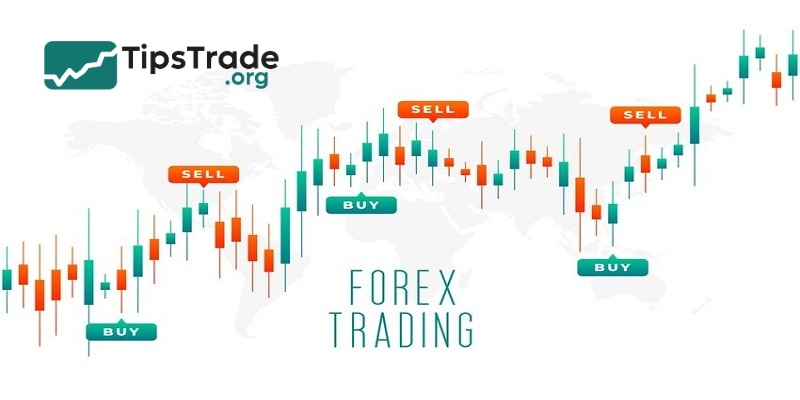
>>See more:
- What is Pip in Forex? Accurate calculation guide for traders
- Top 10 best forex currency pairs to trade in 2025
- What are exchange rates? How to read and analyze rates in Forex
What makes forex trading attractive?
Forex has outstanding features that attract investors, especially individual investors:
- Extremely high liquidity: This is the world’s largest financial market with daily trading volumes reaching trillions of USD. This ensures that investors can easily and quickly buy and sell currencies without price difficulties, even with large trading volumes.
- 24/5 Operation: The Forex market operates continuously 24 hours a day, 5 days a week, from Monday to Friday. This provides maximum flexibility for investors, allowing them to trade at any time that suits their personal schedules.
- Leverage: Leverage allows investors to control a large amount of currency with only a small initial capital outlay. This can amplify potential profits, increasing its appeal to those who want to maximize returns from a small capital base. However, it should be noted that leverage also comes with a correspondingly high risk of loss.
- Low transaction costs: In the Forex market, transaction costs are primarily the bid-ask spread, which is often very competitive. Many exchanges do not charge commission on standard trades, helping investors save costs.
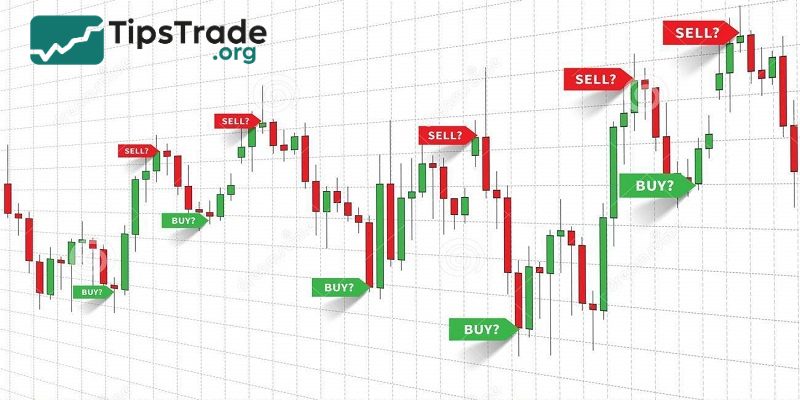
- Profit potential in both directions: Investors can profit when the price of one currency increases against another (buy) or when the price of one currency decreases against another (short sell). This creates trading opportunities in all market conditions.
- High transparency: Due to its enormous scale and the participation of numerous global components (central banks, commercial banks, financial institutions, individual investors, etc.), the Forex market is very difficult to manipulate by a single individual or organization in the long term.
- Diverse trading products: In addition to major, minor, and cross currency pairs, many Forex brokers also offer trading in other asset classes such as precious metals (gold, silver), energy, stock indices thru contracts for difference (CFDs), and cryptocurrencies.
- Easy accessibility: With the advancement of technology, individual investors can easily access the Forex market through online trading platforms with a relatively small amount of capital.
However, you need to understand that forex is not a “get rich quick” scheme. Success requires knowledge, skills, and discipline.
Risks to consider in forex trading
Forex trading offers high profit potential, but it also comes with the risk of significant capital loss, especially for beginners lacking experience and knowledge. The main risks include:
- Leverage risk: This is the biggest risk. High leverage can “burn through” your account very quickly if the market moves against your predictions, even with small fluctuations.
- Market volatility risk: Exchange rates can change quickly and unexpectedly due to economic news, political events, global events, etc. This can lead to rapid losses if you don’t have a risk management plan.
- Forex broker risk: Choosing an unreliable broker can lead to issues such as price manipulation, lack of transparency in trading, difficulty withdrawing funds, or even a fraudulent broker absconding with your money.
- Psychological risk: Forex trading requires a strong mindset. Greed, fear, and blind hope can lead to incorrect trading decisions, disrupting the initial plan.
- Lack of knowledge and experience: This is the most common reason why beginners lose money. Trading without a clear understanding of the market, without a strategy, and without knowing how to analyze charts or news is extremely dangerous.
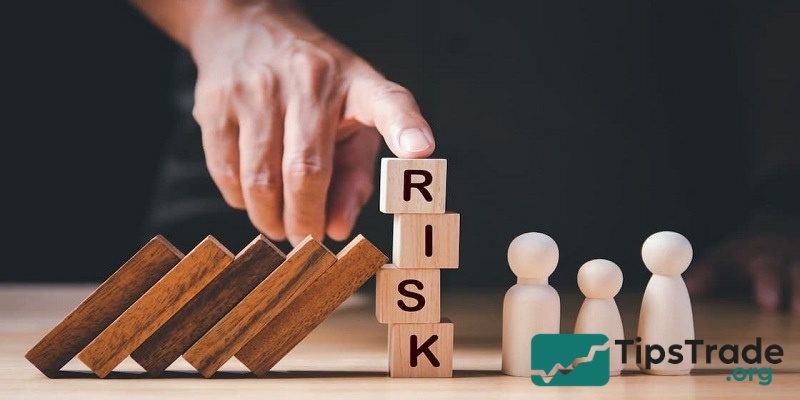
Trading forex step-by-step guide
Starting Forex trading requires careful preparation; you can’t just deposit money and start trading. Here are the steps you should take:
Step 1: Learn the Basics
Never enter the market unprepared. Thoroughly research how the market works, basic concepts (Pip, Lot, Spread, Leverage, Margin, etc.), analysis methods (technical analysis, fundamental analysis), and trading strategies. There are many free and paid online resources available for you to learn from.
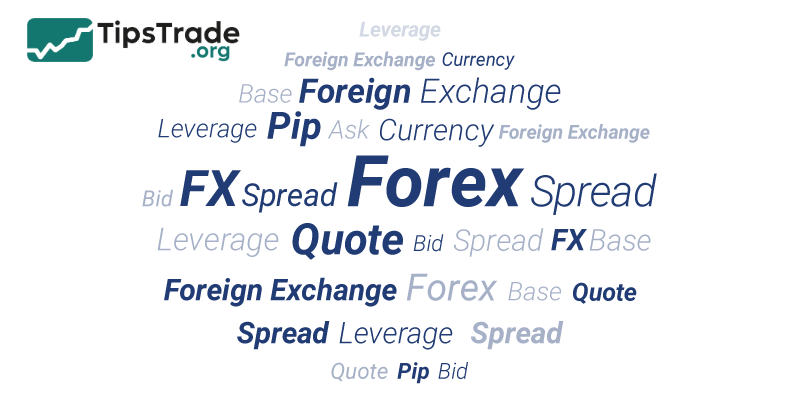
Step 2: Choose a reliable service provider
Choose a reputable Forex broker licensed by regulatory bodies such as the FCA (UK), ASIC (Australia), or CySEC (Cyprus). Some popular and reputable Forex platforms in the current foreign exchange market that you can consider include: Exness, XM, and IC Markets, among others. Ensure the platform has a good trading foundation, competitive spreads, good customer support, and a clear deposit and withdrawal policy.
Note: Be cautious of advertising platforms that promise “super profits”, “guaranteed returns,” or require a large initial deposit.
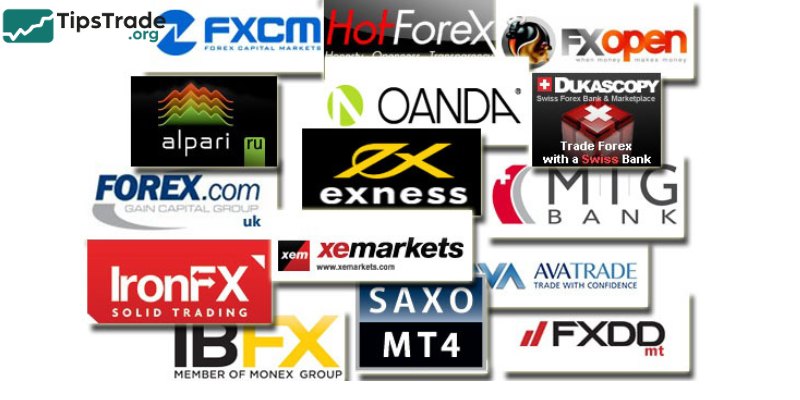
Step 3: Open Forex account
After choosing a forex broker, you will register an account.
- Demo account (trial account): It is mandatory to use a Demo account first. This is a virtual money account provided by the exchange, allowing you to trade under real market conditions without losing real money. Treat the demo account as real money to train your psychology. Don’t trade Forex Demo with too much money, which can lead to undisciplined trading.
- Real Account: Only open a real account when you feel confident with your Demo account, have a basic trading strategy, and understand risk management. Start with the smallest possible capital to get used to the psychological pressure of trading with real money.

Step 4: Download and familiarize with the trading platform
Download the MT4 or MT5 software to your computer or phone. Spend time getting familiar with the interface:
- How to read price charts.
- How to place buy/sell orders, types of pending orders.
- How to set Stop Loss and Take Profit orders.
- How to view transaction history, account balance, margin, etc.
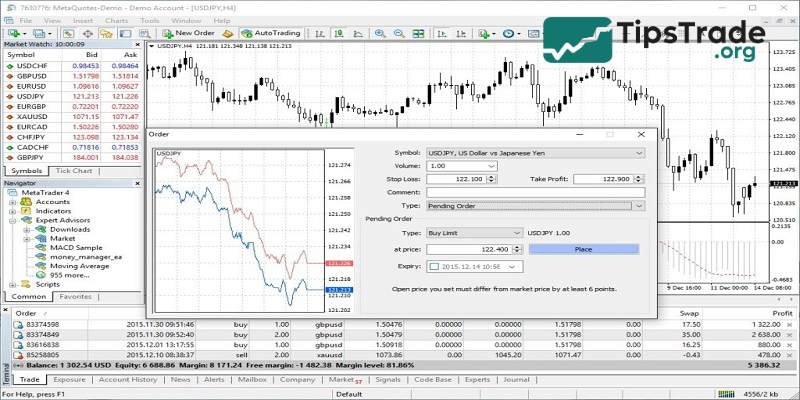
Step 5: Market analysis and trading plan development
Before placing an order, you need a basis for making a buy or sell decision. There are two main methods of analysis:
- Technical analysis: Study past price charts to predict future trends. Use tools such as Moving Averages, the RSI indicator, MACD, Japanese candlestick patterns, support/resistance lines, etc.
- Fundamental analysis: Analyze the economic, political, and social factors that influence the value of currency. Follow the economic calendar to know when important news such as interest rates, inflation rates, GDP, and unemployment rates will be released. This news often causes significant volatility in the market.
New traders should focus on one or two major currency pairs for easier tracking and analysis. Develop a clear trading plan:
- Which currency pair will you trade?
- Which analysis method will you use?
- Where are your entry points, stop-loss point, and take-profit point?
- How will you manage risk (maximum capital per trade, desired risk/reward ratio)?
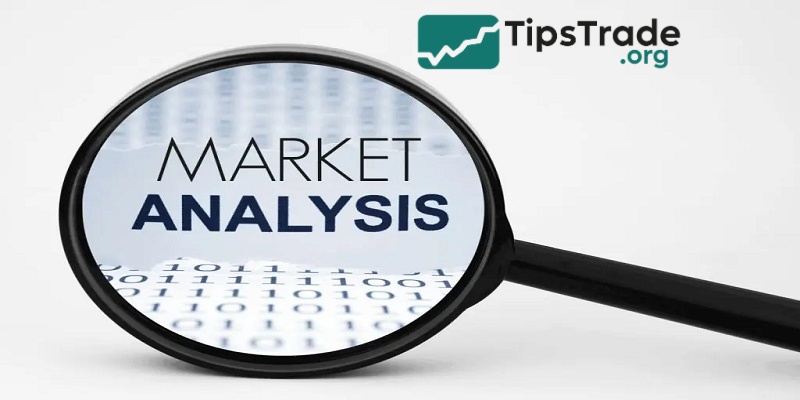
Step 6: Execute your first trade (on a demo account)
Once you have the knowledge, choose a platform, open a demo account, familiarize yourself with the platform, and have a plan, you can place your first trade.
- Choose the currency pair you want to trade.
- Determine the appropriate lot size based on your demo account balance and acceptable risk level. Start with small volumes (Micro or Mini Lot).
- Determine your entry point, Stop Loss, and Take Profit based on your analysis.
- Place a BUY or SELL order.
- Track the transaction.
Setting Stop Loss and Take Profit orders as soon as you open a trade is a good habit to cultivate from the beginning for risk management.
Step 7: Risk management and capital management
This is the decisive factor for your long-term survival in the Forex market. Even if the analysis is correct, a poor risk management strategy can still cause you to lose all your money.
- Never risk more than 1-2% of your total account capital per trade. If you have 1000 USD, the maximum risk for a losing trade should only be 10 – 20 USD. This helps your account “survive” through multiple consecutive losing trades.
- Always use a stop-loss order. Don’t let a small losing trade turn into a big one.
- Determine the risk/reward ratio: Aim for trades where the profit potential is greater than the risk (e.g., a profit target of 2-3 units for every 1 unit of risk accepted).
- Don’t use too much leverage when you’re just starting out.
- Don’t add more money to try to recoup losses after a loss.
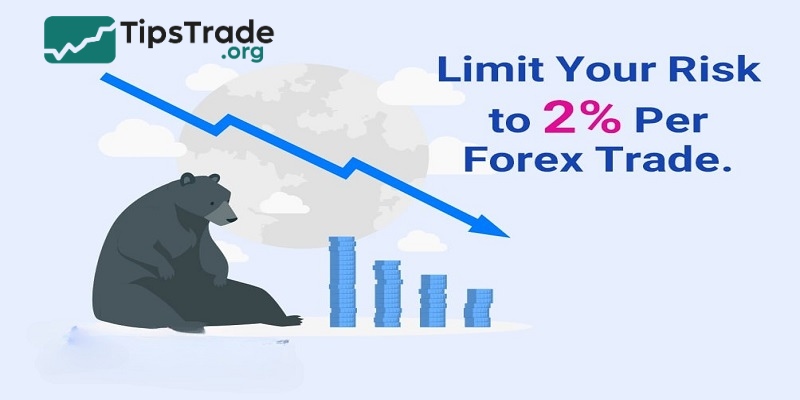
Step 8: Continuously monitor, evaluate, and learn
The Forex market is always changing. Keep a trading journal to review winning/losing trades, entry/exit reasons, emotions at the time, etc. From this, learn from your mistakes and adjust your strategy.
There’s always something new to learn in the market. Don’t stop honing your knowledge and trading skills.
Common forex trading mistakes that traders should avoid
Beginners entering the Forex market are very prone to making basic mistakes, leading to rapid losses. Recognizing and avoiding these mistakes is key to survival and growth.
- Using excessive leverage: High leverage can bring significant profits, but it also correspondingly amplifies the risk of capital loss. Newcomers should start with low leverage (example: 1:50 or 1:100) until they truly understand and can manage the risks. How to avoid it: Choose floors with flexible leverage options and only use low leverage levels when you’re just starting out.
- Skipping the stop-loss order: Not placing a stop-loss order is one of the deadliest mistakes. It can turn a small, acceptable loss into a “burned account.” How to avoid it: Always determine your Stop Loss point before entering a trade and set it immediately. Treat Stop Loss as mandatory, not optional.
- Unplanned trading: Entering trades randomly based on emotions or the advice of others without a clear strategy and analysis will lead to losses. How to avoid it: Spend time developing a detailed trading plan and only enter trades when your plan signals to do so.
- Trading based on emotion: Greed when seeing profits, fear when prices move in the opposite direction, or trying to “make up” after losses are all manifestations of emotional trading. How to avoid it: Stick to the discipline of your trading plan. Stop trading when you feel stressed, tired, or are being influenced by emotions.
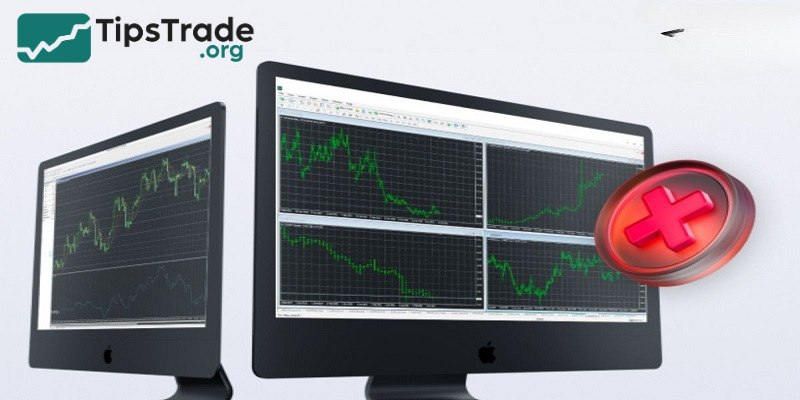
- Fighting the market trend: Trying to “catch the top” or “catch the bottom” when the market has a clear trend is often very risky. How to avoid it: “Trend is your friend.” Prioritize trading with the main market trend.
- Revenge trading: After one or more losing trades, the urge to recoup your capital immediately can lead you to make reckless decisions, increase your trading volume, or enter trades hastily, resulting in heavier losses. How to avoid it: After a loss, stop, review your trading journal, analyze your mistakes, and only resume trading when your mindset is stable and there are clear signals according to your plan.
- Choosing an unreliable broker: Trading on a platform without a license or with a suspicious history can put your money at risk. How to avoid: Thoroughly research and only choose to trade with reputable brokers regulated by leading financial authorities.
- Lack of patience and the expectation of getting rich quickly: Forex is a marathon, not a sprint. Success requires time, learning, patience, and discipline. How to avoid it: Set realistic goals. Understanding that losses are part of the learning process. Focus on improving trading skills every day.
Tips for successful forex trading
Here are some practical experiences to help you trade Forex effectively and maintain sustainability in the Forex market:
- Start with a small amount: When switching to a live account, begin with the minimum capital allowed by the broker or a small amount you can completely afford to lose. Trading with Micro Lot sizes (0.01 Lot) is the best way to get used to the psychological pressure of trading real money.
- Focus on a few currency pairs and strategies: Don’t try to trade too many currency pairs at once. Choose 1-3 major pairs whose volatility characteristics and news affecting them you understand best. Similarly, focus on mastering 1-2 trading strategies instead of jumping from one strategy to another.
- Make the most of your demo account: A demo account isn’t just for getting used to the initial platform. Use it to test new strategies, check your reaction to important news, or simply practice discipline without the fear of real risk.
- Keeping a trading journal: It is extremely important to record every transaction in detail (entry/exit times, currency pairs, volume, entry reasons, results, emotions, etc.). A trading journal helps you reflect on your trading process, identify strengths and weaknesses in your strategy and psychology for improvement.
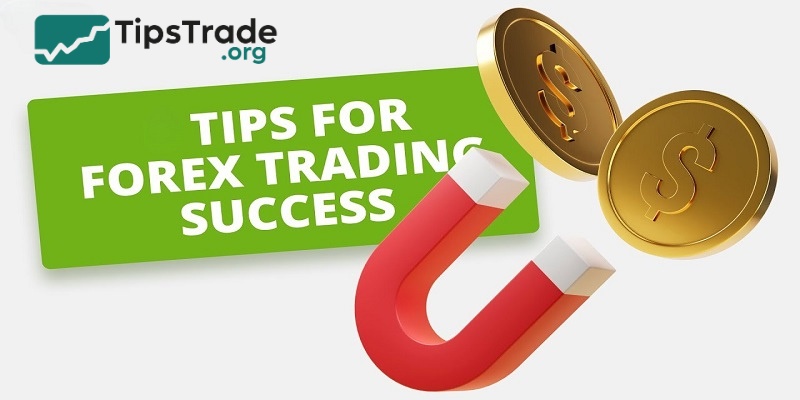
- Always stay updated on the news: Fundamental analysis is very important. Following the economic calendar and reputable financial news sources helps you stay informed about events that could significantly impact the market, allowing you to make timely trading decisions or adjust your positions.
- Develop and adhere to a trading plan: A detailed trading plan (including strategy, risk management rules, profit targets, trading schedule, etc.) helps you trade with discipline and eliminate impulsive decisions based on emotions. Write it down and stick to it consistently.
- Trading psychology management: This is the most difficult but also the most important factor. Learn to cope with greed when winning, fear when losing, and impatience when the market is sideways. A strong mindset helps you make rational decisions according to plan.
Conclusion
Forex trading can be a challenging but also potentially rewarding path. It’s not a quick and easy way to get rich. To succeed, you need a solid knowledge of Forex, high discipline, a clear trading plan, and especially the ability to manage risk effectively. Wishing all traders good luck in their trading and high profits!

